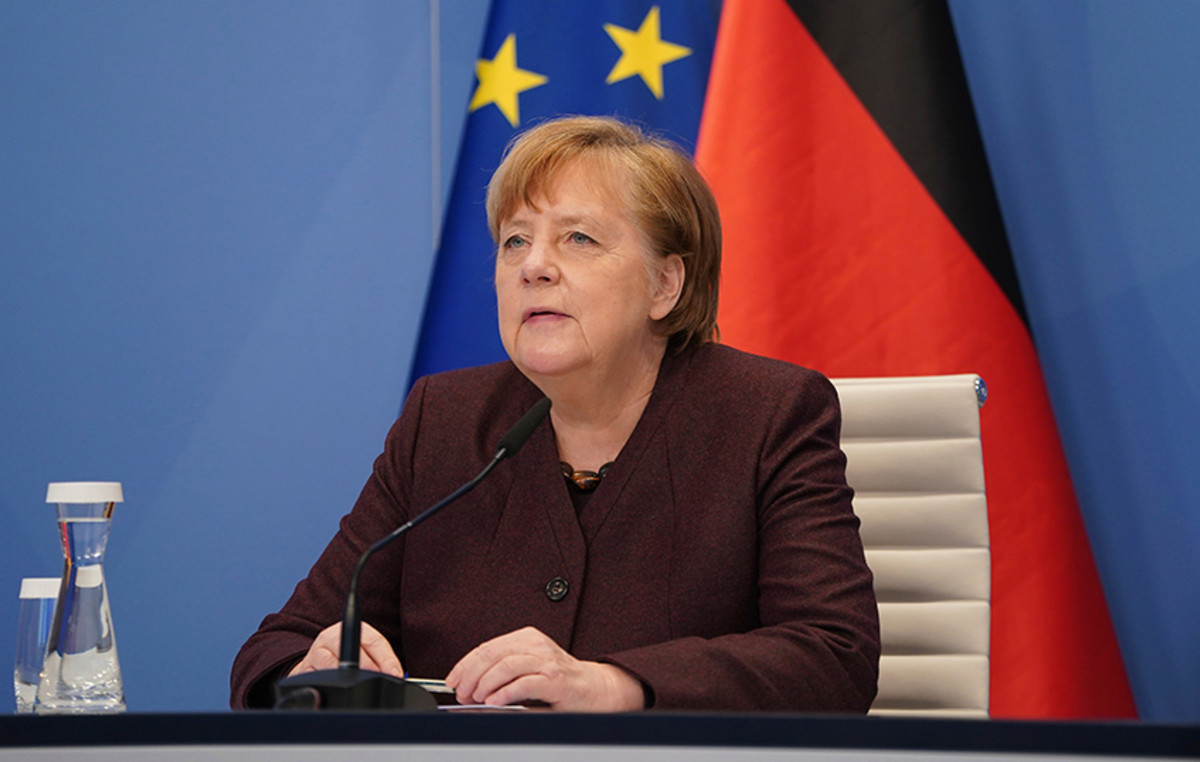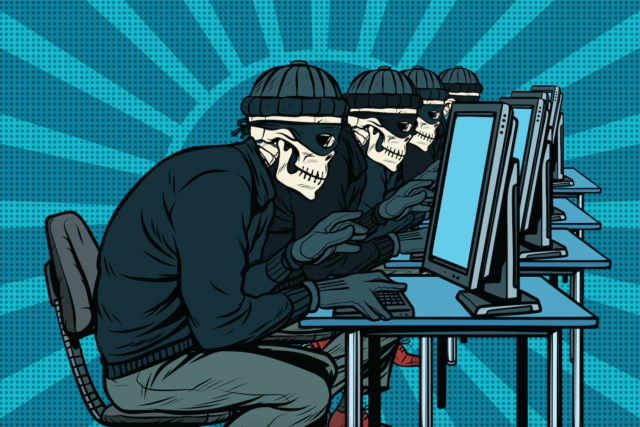O dollar closed this Tuesday (22) down 1.08%, quoted at R$ 5,051, the lowest value since July 1, 2021 (R$ 5,044). This is the third straight session of lows and lows in nearly eight months.
already the Ibovespa ended up 1.04%, at 112,891.80 points. The index was helped by an inflow of foreign investment benefiting from commodity-linked stocks, amid expectations of higher prices due to the situation in Ukraine, as well as sectors such as banking and retail.
The US currency retreated while the real benefited from Brazil’s high interest rates and the flow in markets linked to commodities, which brings foreign investors to the country, increasing the supply of the American currency and reducing the value of the quotation. The escalation of tension between Russia and Ukraine continues to be monitored by investors.
The strengthening of the real in 2022 has eased the rise in prices of products such as oil in Brazil, which “has partially held back the inflationary pressures coming from abroad”, says André Perfeito, chief economist at Necton.
The day before (21), the dollar fell by 0.70%, quoted at R$ 5.105, the lowest value since July 29, 2021. The Ibovespa fell 1.02%, to 111,725.30 points.
Ukraine
In a speech given at White House this Tuesday (22), the president of the U.S, Joe Biden, announced a package of sanctions against Russia. The determinations include the funding cut from two Russian banks and restrictions on Russian elite family members.
Biden also announced that he had authorized additional movements of US military forces and equipment in Europe to “strengthen” Baltic allies in Estonia, Latvia and Lithuania, after Russian President Vladimir Putin ordered troops in two breakaway regions of Ukraine.
The measure is a reaction to the move by the Russian president, Vladimir Putinwhich on Monday (21) considered Separatist groups in eastern Ukraine as independents and ordered the deployment of troops to the regions.
With that, Russia took the decision, also this Tuesday, to withdraw your diplomatic team from Ukraineaccording to information from the Ministry of Foreign Affairs.
“Our first priority is to take care of Russian diplomats and staff at the Embassy and Consulates General. To protect their lives and safety, the Russian leadership has decided to evacuate personnel from Russian missions in Ukraine, which will be implemented in the very near future,” it said in a statement.
The potential for further escalations involving the Russia and the Ukrainelike an invasion of the country, increases risk aversion of investors and leads to the search for the dollar. For André Perfeito, chief economist at Necton, “the increase in tension may favor the real via higher commodities”.
abroad
The situation has not yet overcome the benefits for the real of a cycle of investment migration to markets linked to commodities and seen as cheap, with Brazil also benefiting from high interest rates, which limits the effects of bets on an aggressive interest rate policy. fur Federal Reserve.
The cycle is linked, in part, to expectations of more pro-growth measures in China that are raising hopes of a recovery in demand for metals, which leads to higher prices. On the other hand, interventions by the Chinese government in the market have generated recent drops, in a rise and fall in the price.
In the case of oil, analysts at Goldman Sachs say that Brent prices should surpass $100 per barrel in this year. According to them, the oil market remains in a “surprisingly large deficit” as the effect of the Omicron variant of coronavirus in demand for the commodity is, so far, lower than expected. In addition, the Ukraine tensions drive prices upalready above US$ 90.
Another factor that weighs on this movement is the expectation of interest rate hikes in U.S in March, of 0.25 or 0.5 percentage point, reinforced by inflation data slightly higher than expected. As a result, foreign investors have withdrawn from the US stock market.
With US inflation hitting a four-decade record, the Fed has been giving the markets tougher indications, but the minutes of the bank’s last meeting did not make clear the size and rhythm of the grip that the US central bank will make, indicating that decisions will take place at each meeting due to the economic context.
Any interest rate hike in the country may affect investments in Brazilas it makes US Treasury bonds even more attractive to investors, putting negative pressure on the real.
Brazil
The upward revision of the IPCA (Broad Consumer Price Index) of the Focus bulletin and the speech by the president of the Central Bank, Roberto Campos Neto, that the inflation trend is increasing contribute to the expectation of high interest rates.
On investors’ radar is also the call Fuels PEC, which would allow the suspension of taxes for these products. Representing a possible lack of expenditure control, the topic has the potential to negatively affect the real and the Ibovespa.
Two PECs have already been filed, one in the Senate and another in the Chamber, with calculations of loss of revenue ranging from R$ 18 billion to R$ 100 billion depending on the content, but the focus at the moment is two bills on the subject that can be voted on. this week.
One of the PLs determines a fixed ICMS charge for fuels, with the state tax no longer varying following product price fluctuations, and expands the so-called gas voucher for Brazilian families.
The other would create a fund to stabilize the price of oil and derivatives (diesel, gasoline and LPG), with a new policy of internal sales prices for distributors.
Up and down from B3
Here are the highlights of Tuesday’s trading session:
biggest highs
- Soma Group (SOMA3) +7.32%;
- Cogna (COGN3) +7.05%;
- Finds (RENT3) +6.08%;
- Fleury (FLRY3) +5.92%;
- Petz (PETZ3) +5.87%
biggest casualties
- Banco Inter (BIDI11) -9.62%;
- American (AMER3) -5.40%;
- Embraer (EMBR3) -4.80%;
- 3R Petroleum (RRRP3) -3.05%;
- PetroRio (PRIO3) -2.85%
Test your knowledge about the Ibovespa
Let’s start with an easy one: what is the Ibovespa?
Who is responsible for calculating the Ibovespa?
What types of assets are eligible to be listed on the Ibovespa?
Which of these is NOT a criterion for a stock to enter the Ibovespa
How many shares are currently in the Ibovespa theoretical portfolio?
How often is the Ibovespa theoretical portfolio reviewed?
What is the most important stock on the Ibovespa?
What is the smallest share on the Ibovespa?
Each Ibovespa point is equivalent to 1 real. This statement is
What is the historical record for closing the Ibovespa?
Try again!
Tip: follow CNN Business to understand more about Ibovespa
Nice job!
You know a lot about the Ibovespa, but you could know a little more
Sensational!
Congratulations! Are you an Ibovespa expert?
*With information from Priscila Yazbek and Vinicius Tadeu, from CNN, and from Reuters
Source: CNN Brasil
I am Sophia william, author of World Stock Market. I have a degree in journalism from the University of Missouri and I have worked as a reporter for several news websites. I have a passion for writing and informing people about the latest news and events happening in the world. I strive to be accurate and unbiased in my reporting, and I hope to provide readers with valuable information that they can use to make informed decisions.







